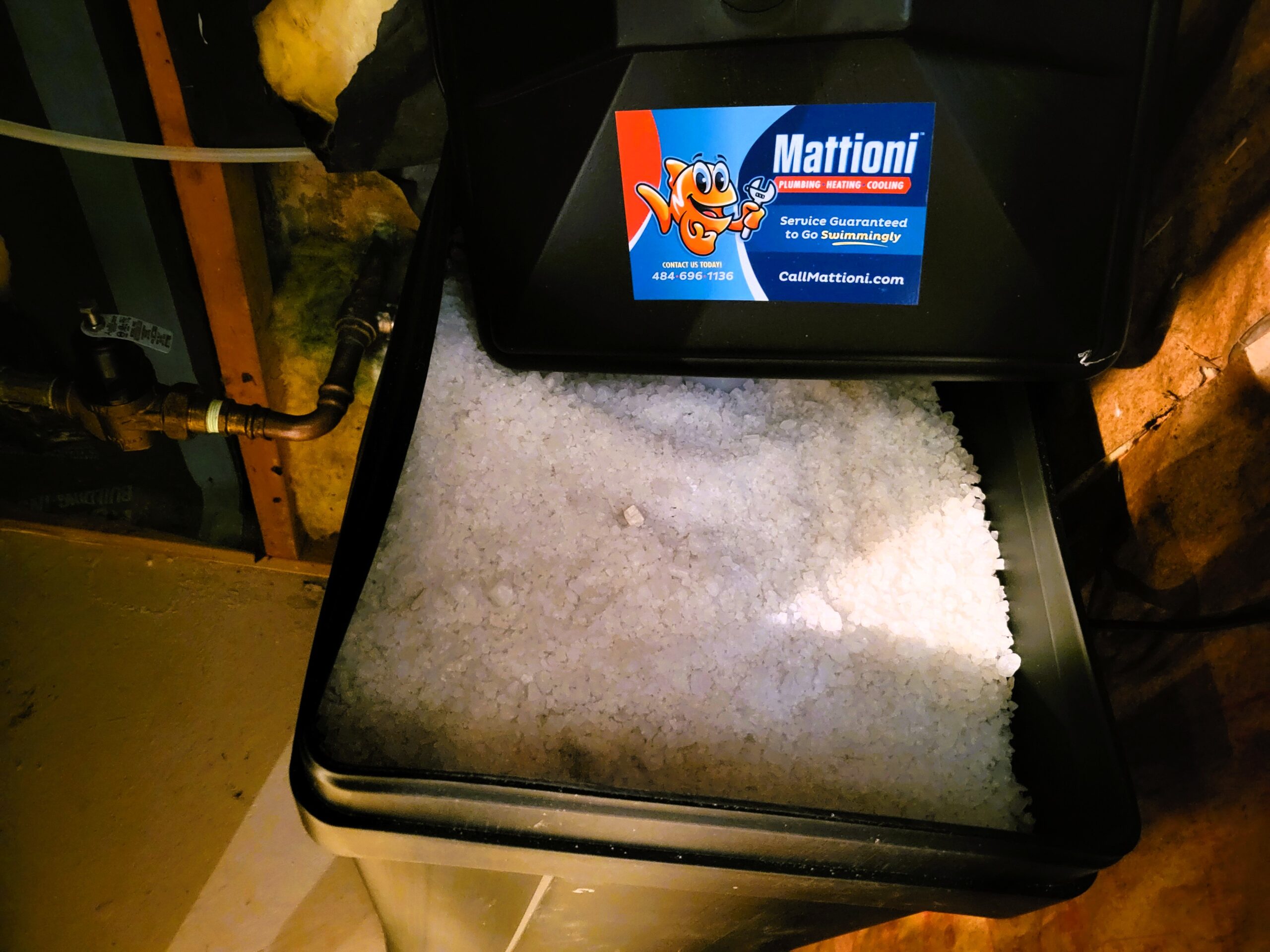|
Getting your Trinity Audio player ready...
|
It’s finally happened—your air conditioner is on its last legs and you have decided that you need a new one. There are various brands, manufacturers and HVAC contractors to consider. Plus, you want to know more about the quality of your new unit, it’s energy-efficiency capabilities and overall performance. The long process of finding a new AC can be overwhelming and frustrating, especially when you don’t know which one is best suited to your needs. That is where the pros at Mattioni come in! Here is a quick and helpful guide on the various types of air conditioners and how you can choose what is right for you.
1. Central Air Conditioner
One of the most common types of air conditioners is the central air conditioner. According to the Department of Energy, a split-system central ac consists of an outdoor unit containing the condenser and compressor and an indoor unit consisting of an evaporator. Furnaces and heat pumps are also part of the indoor unit. Air is supplied through vents and is transferred through the ducts located throughout your home. A packaged system consists of the condenser, compressor and evaporator—all of them are in the same unit which is placed on a concrete slab outdoors. Generally, most homes use a split system.
Central ACs are a great option for those looking for a quiet and efficient unit. There also several energy-efficient options you can consider, which will save you a great deal of money. If you upgrade to a newer model, you can reduce your AC’s energy consumption by up to 40%. The downside to central ACs is the upfront cost and installation cost—it can get expensive.
2. Ductless Mini Split Systems
Ductless mini split systems don’t need ductwork to operate (it’s in the name!). This is a great option if you don’t have any ductwork in your home or ductwork that reaches a particular room in your home. Another good thing about ductless systems is that they provide more efficient cooling, precisely because of the lack of ducts. Air has a lesser chance of becoming warmer or loosing its cooling when it is being transferred throughout your ducts.
The downside to ductless mini split systems is that you can see it. You will need to cut out a large box into your wall for it to be installed, as the AC is rather big.
3. Window ACs
Window ACs are a great option for those who are renters or are looking for temporary cooling. They are small enough to fit in your window and easy to install. They are ideal for small spaces and allow only the occupants of the room to change the temperature to their liking. However, they might not be as efficient as the heavy-duty central or mini split systems and if you have a larger space, a window AC might not be the best option for you.




